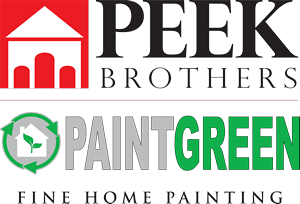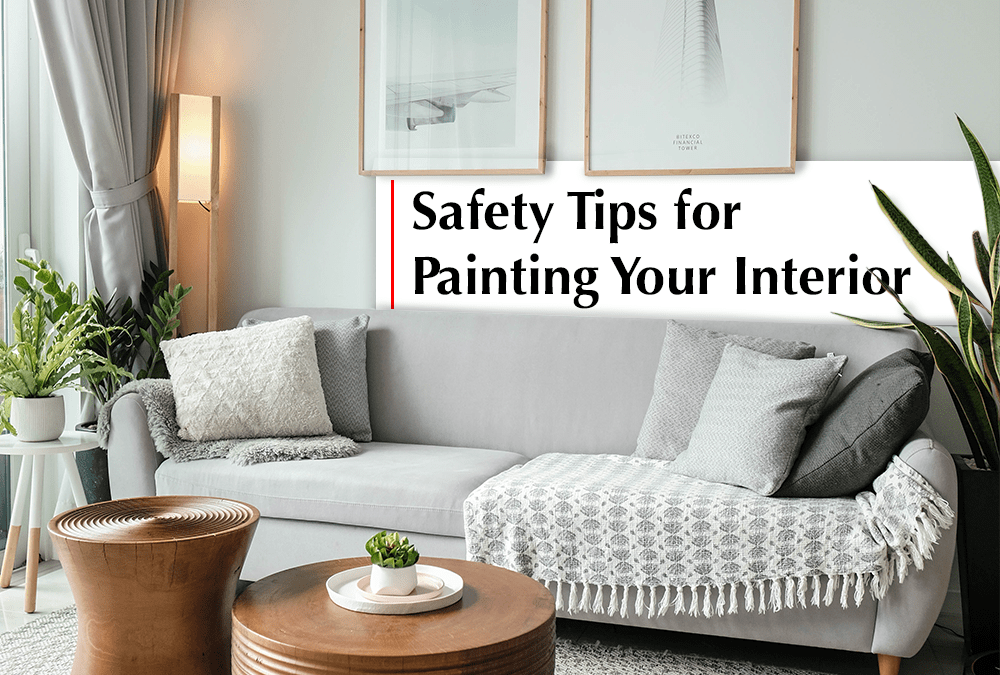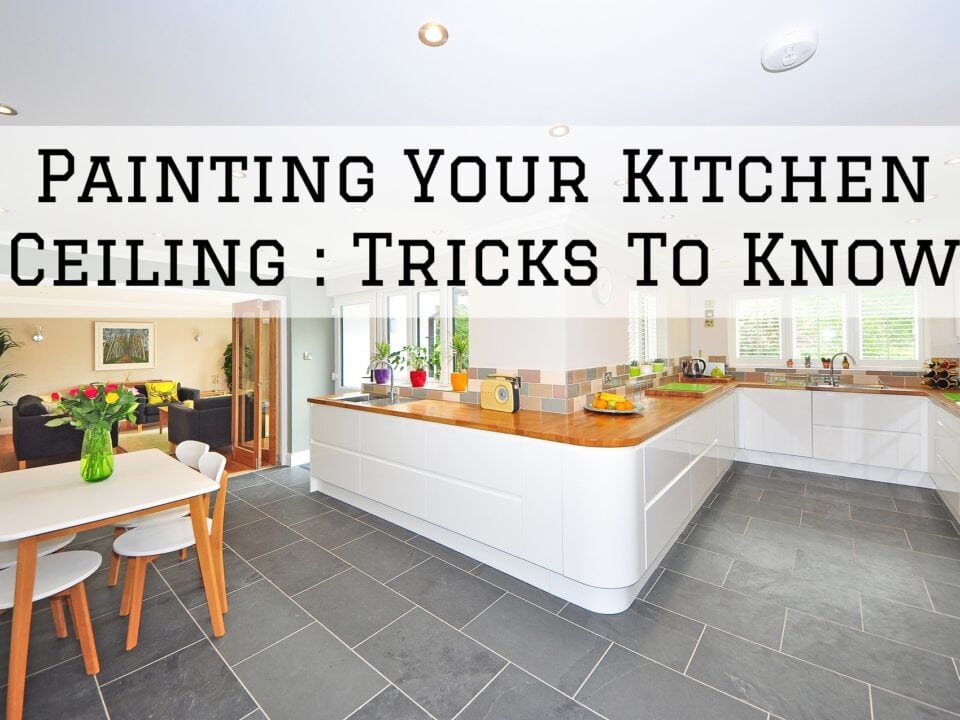Safety Tips For Painting Your Interior in Scripps Ranch, CA

7 Ways To Improve Your Curb Appeal in Del Mar, CA
April 24, 2020
How To Properly Paint Your Wooden Fence in La Jolla, CA
May 10, 2020Safety Tips For Painting Your Interior in Scripps Ranch, CA
When you are painting the interior of your home, there are things that you should bear in mind in terms of safety, as it is possible to get hurt if you do not do so.
It is not something that people take into consideration when they undertake painting projects, as safety is not something some people consider when looking at something as simple as something involving paintbrushes and paint.
With that being the case, here are some safety tips for painting your interior in Scripps Ranch, CA.
1. Keep A Clean Workplace
At the end of every painting workday, it’s important to put away and clean your supplies and make sure that your consumable products are stored neatly and properly.
Paints, for example, are possibly flammable, so you will not want to store them anywhere near a source of heat that might cause it to ignite as that would be a disaster in the making.
Even something as simple as a rag that was used with paint thinner is a possible fire hazard, as paint thinner itself is a flammable liquid, and thus these sorts of rags need to be stored well away from any source of heat or flame.
It is best not to try to reuse rags that were used for paint thinner.
2. Ladder Safety Is Fundamental
Ladders are one of the biggest causes of injury, mostly because people who fall off of the ladder are hurt after the fall.
One way to prevent ladder fall injuries is to make sure that there is someone with you that is holding the ladder, stabilizing it.
Another thing to bear in mind is if you haven’t a person to help you stabilize the ladder, it would be good to make sure that the ladder is propped up well or if it’s open in an A shape, that it is fully open.
When you are on the ladder, you will want to not go further than the next to the last step on the ladder.
This is because the top of the ladder is the most dangerous as far as stability goes.
3. Electrical Outlet Safety
Electrical outlets, it should be quite clear, are a source of injury when it comes to interior painting.
The easiest way to help prevent any kind of injury would be, of course, to turn off the current to any outlets in a room where you are painting other than the ones needed for lights that may be plugged in.
Another thing you can consider is to cover electrical outlets with painter’s tape — this has the added benefit of protecting the outlet from getting covered in paint.
4. Test For Lead Before Sanding Or Scraping Old Paint
First, you must know the age of the home where you are going to be painting — if the house is newer than 1978, you are likely okay to go ahead with interior painting without testing for lead.
This is because, before that year, it was not illegal to use lead-based paint in home painting.
Once you figure out if your home is old enough that there’s a possibility that you have lead paint present, you will want to test for lead paint using a simple kit that you can purchase at a hardware store.
If it turns out that you do have lead paint present, you will need to put a full stop to your painting project and consult with a professional company that will be able to remove lead paint safely — your health is not worth the risk to try to do it all yourself.
Related: Tips and Tricks To Cleaning Your Ceiling in Torrey Highlands, CA
5 Painting Tips To Kid-Proof Your Walls in University City, CA
Painting Versus Spray Painting Kitchen Cabinets in La Jolla, CA





